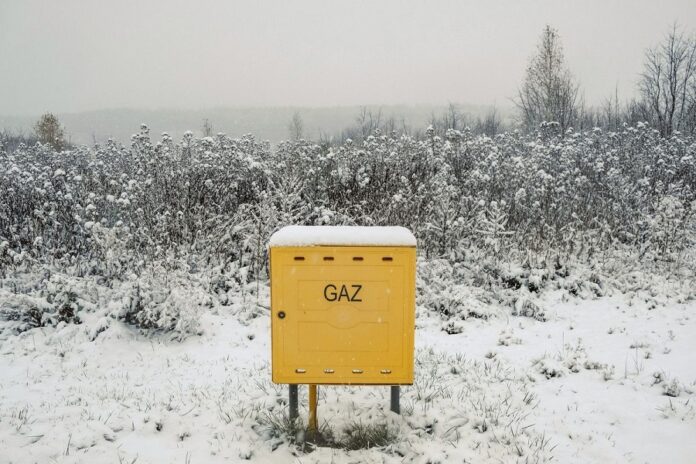European natural gas prices rose as plummeting temperatures across the region boost demand and test fragile energy systems, according to Bloomberg.
Benchmark futures increased as much as 4.3%. Colder-than-normal weather in northwest Europe is putting more pressure on stockpiles that have been built up for the winter. The outlook for the next two weeks is dominated by an Arctic blast, with UK and the Nordics dropping below freezing, according to forecaster Maxar Technologies Inc. Only Iberia and parts of southern Europe are spared from the frigid weather.
While the region had enjoyed a mild start to the winter season, higher heating demand is starting to erode gas inventories. Still, gas prices are being kept in check by storage sites remaining 91% full on average, higher than usual for this time of year.
Dutch front-month gas futures were 3.9% higher at €140 per megawatt-hour as of 8:28 a.m. in Amsterdam, recouping some of the losses from the previous three trading sessions. The UK equivalent added 2.9% to 345 pence a therm.
Meanwhile, European Union nations are continuing discussions on ways to ease market volatility after energy bills surged to record-highs earlier this year, causing the worst cost-of-living crisis in decades. Seven members of the bloc have called for a tighter cap on gas costs, and the Netherlands proposed putting a ceiling on prices for the fuel used for storage which would help replenish reservoirs next year. EU energy ministers are set to discuss the issue next week.
“Supply is expected to remain tight, especially for winter 2023-24, which means that prices may well rise again, and price volatility is likely to continue,” the Oxford Institute for Energy Studies said in a report this week. “If a price cap makes it more difficult for supply and demand to balance, it could make matters worse.”


